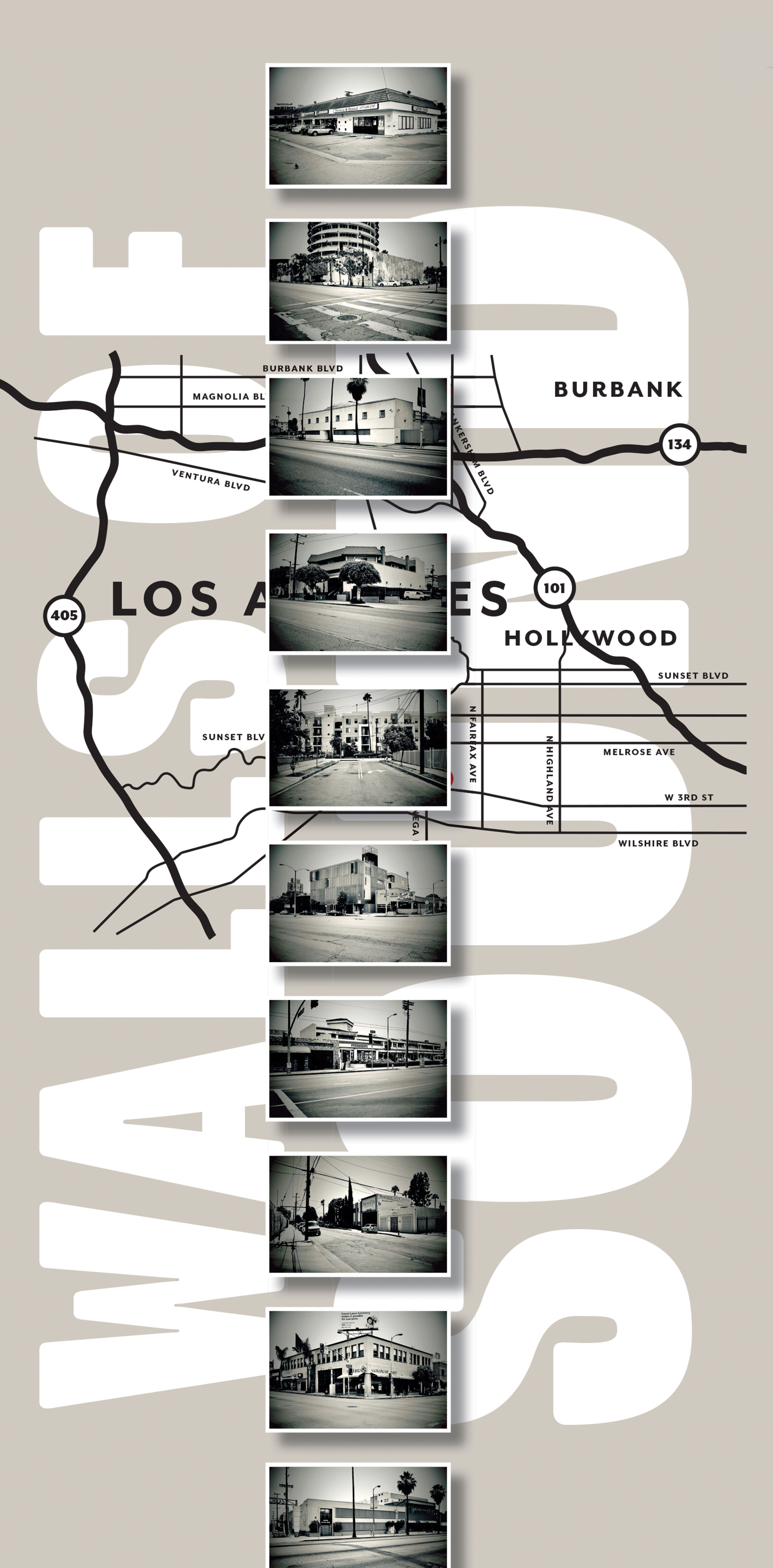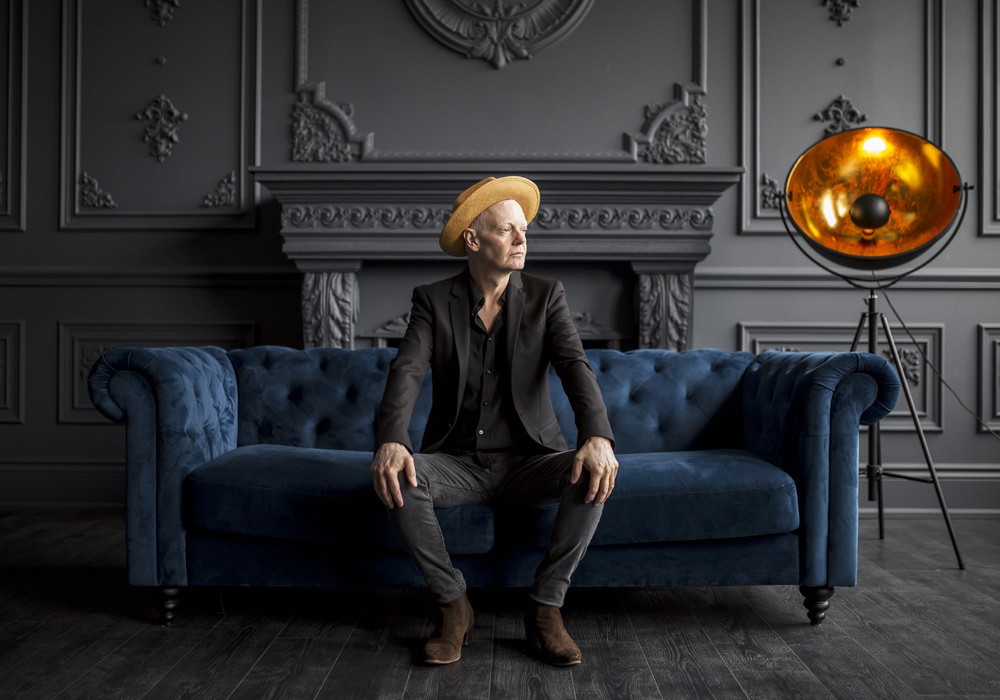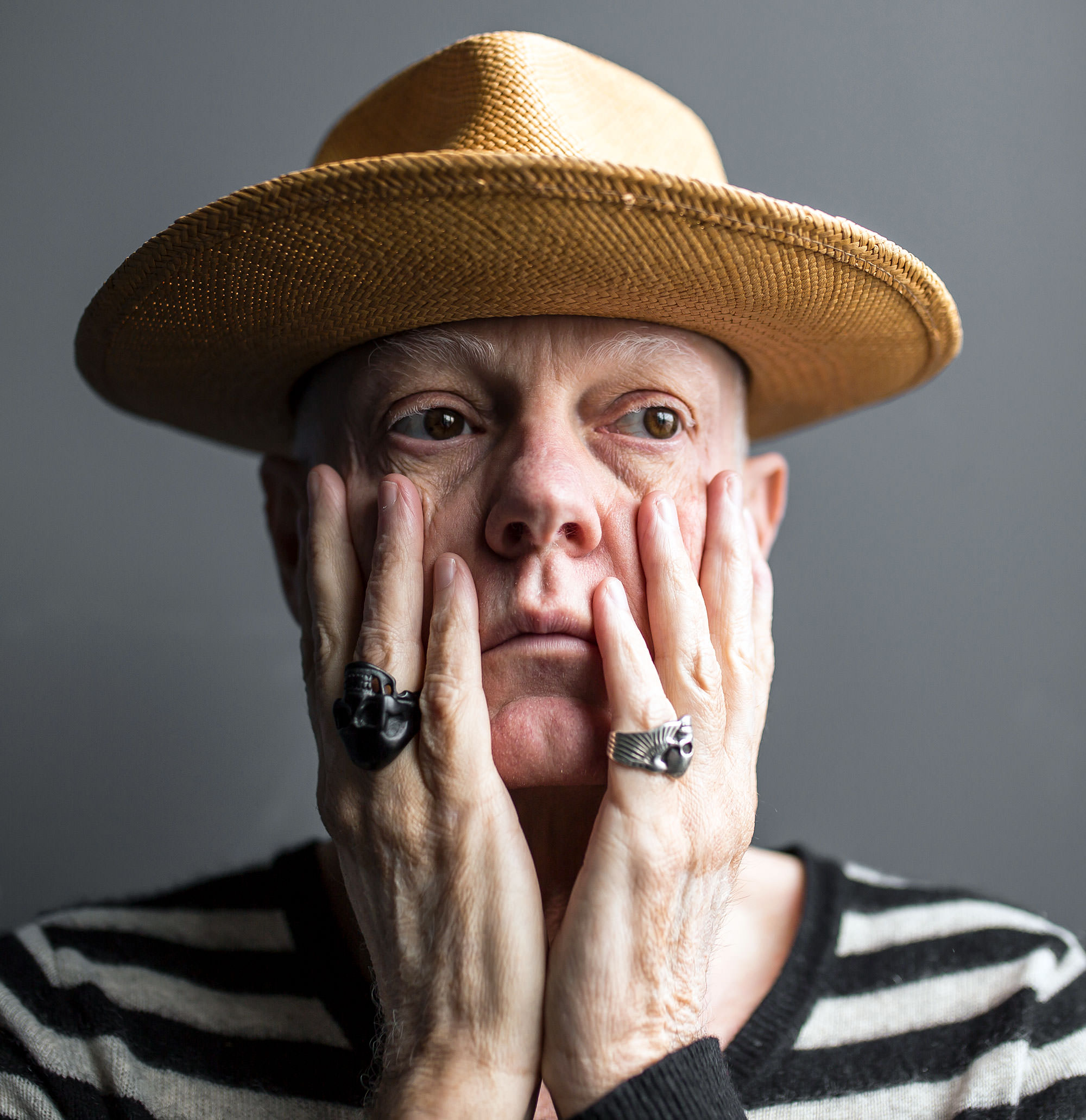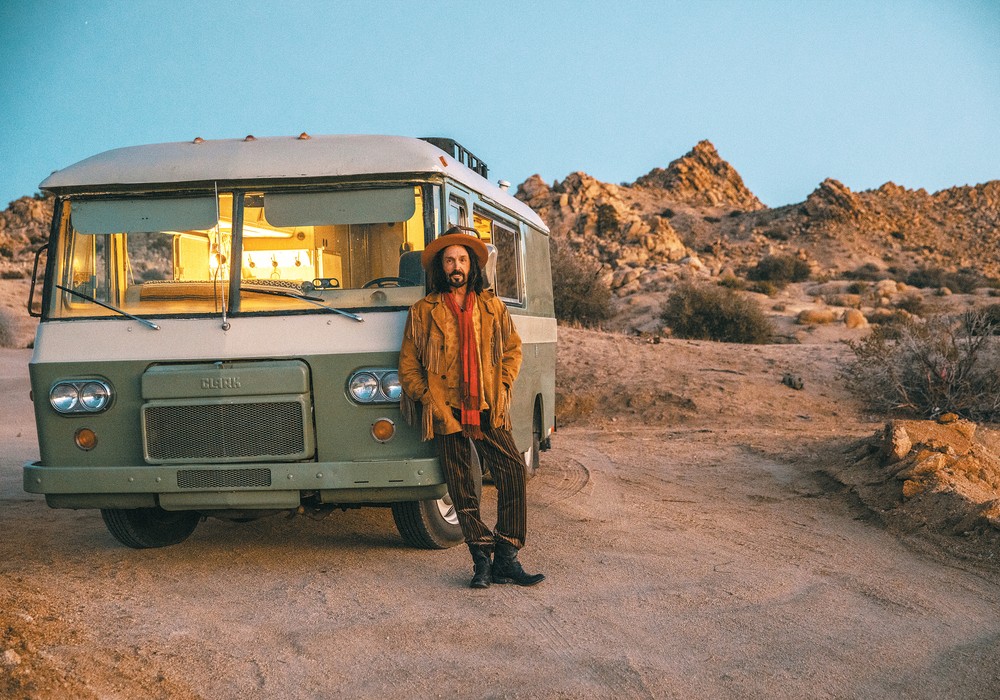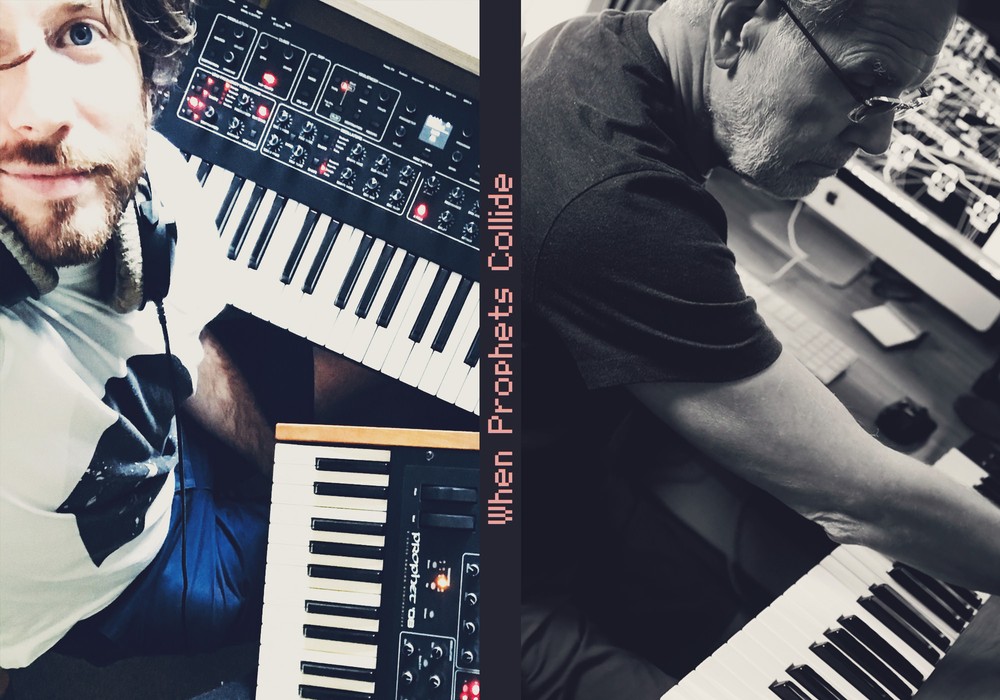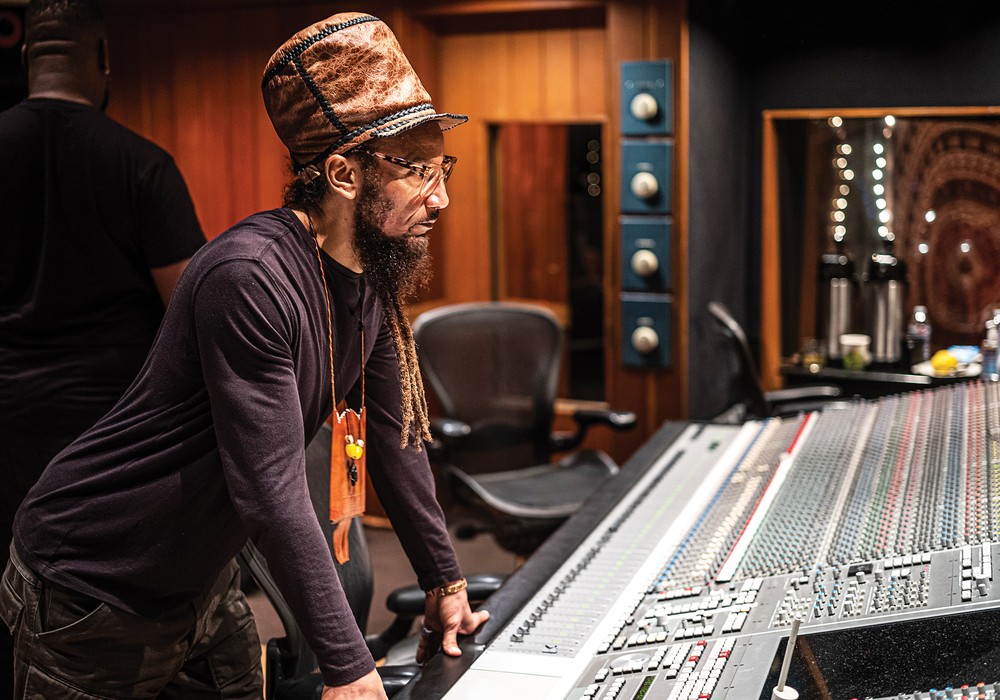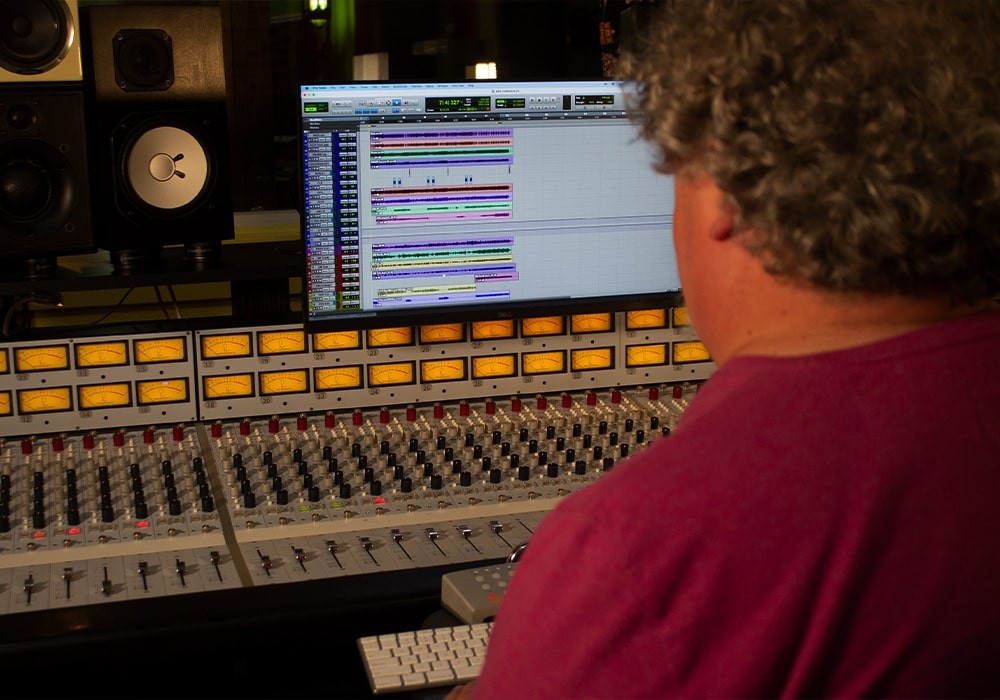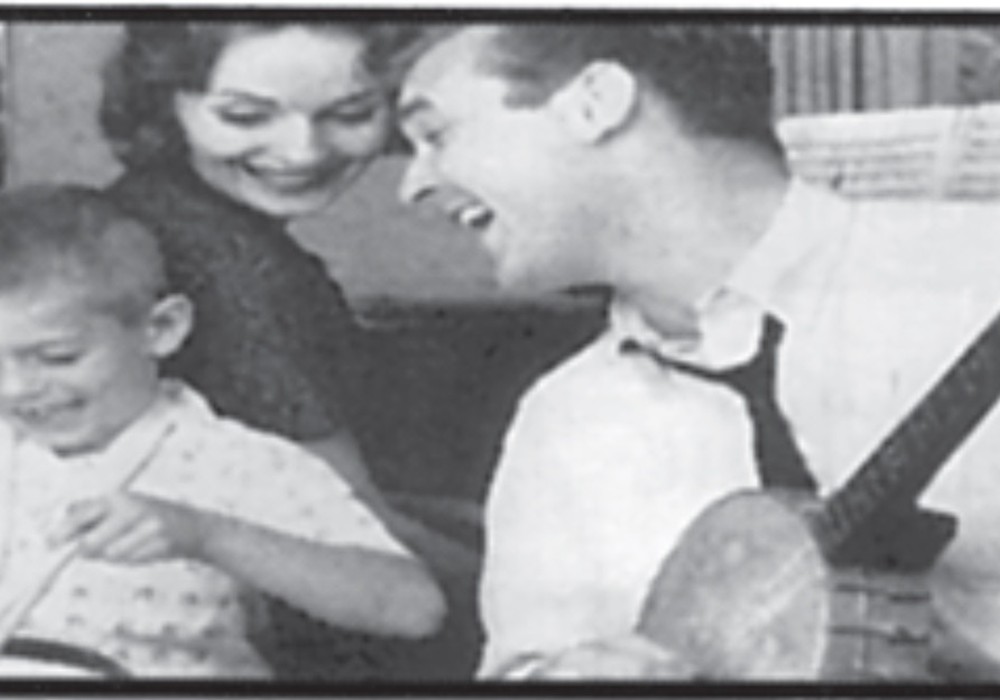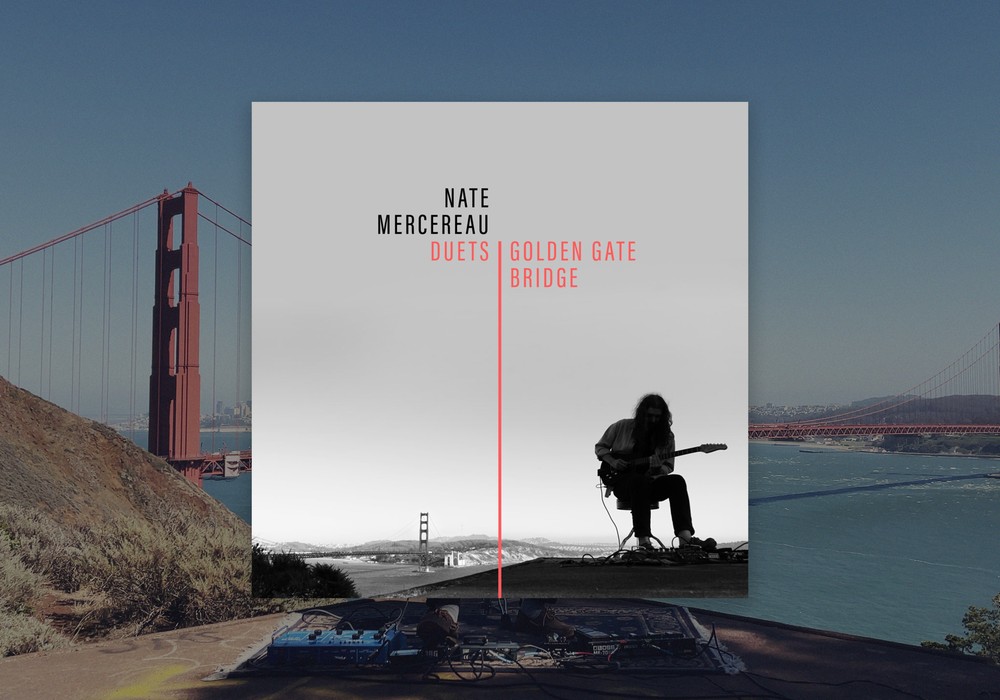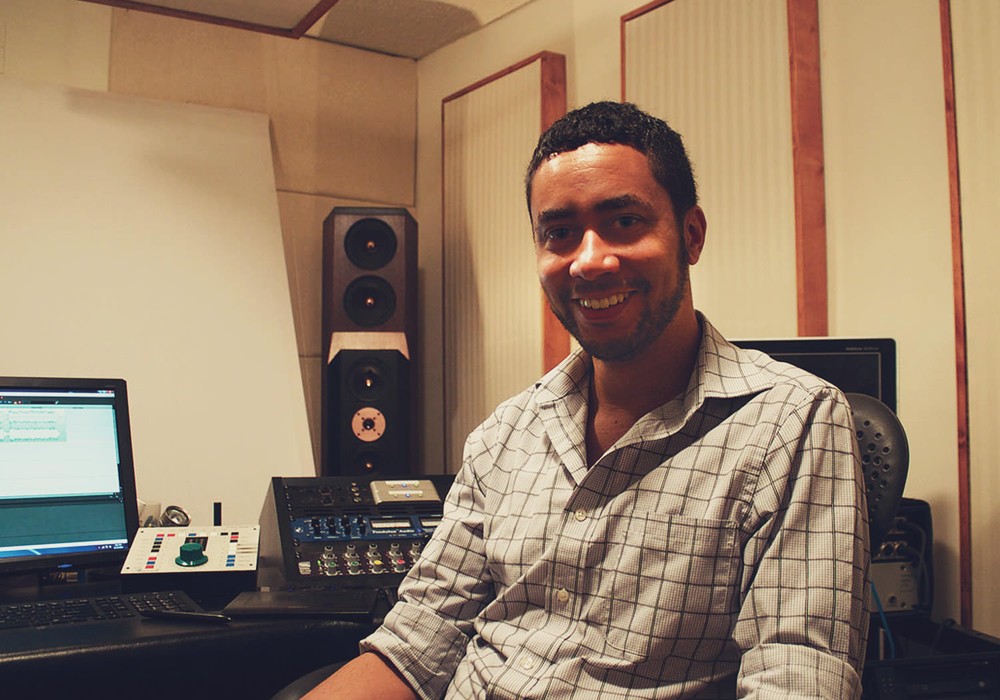Born in the UK and raised in Canada, Grammy-winning veteran engineer/producer Mark Howard has traveled the globe, combining whatever vibe he conjures while oftentimes applying an experimental and spiritual edge to his recordings. For years known as the (former) right-hand man to producer Daniel Lanois [Tape Op #37, #127], Howard and Lanois recorded the likes of Bob Dylan, Neil Young, The Neville Brothers, U2, and many others. On his own, Howard has produced and engineered legendary music by top-notch artists such as Iggy Pop, Red Hot Chili Peppers, Nusrat Fateh Ali Khan, Tom Waits, and The Tragically Hip. In 2019 ECW Press released Mark's book, Listen Up!, a must-read recording memoir (including deep insight into the personalities involved), which he penned along with his brother, Chris. In it we learn that Howard is a master at creating custom studio installations and environments, a psychological cheerleader who boosts his collaborator's creativity, and is also someone who enjoys pushing the envelope of the craft of sonics – marrying technology and soul while smashing typical audio conventions. Mark's life was threatened by stage 4 cancer, yet treatments have been successful and we're lucky he's here to share his life and talent with us.
Your first studio gig was at Grant Avenue Studio in Hamilton [Ontario]. What did you get out of there, skill-wise?
Grant Avenue was like a testing ground for me. I was already recording at home, and once I got to Grant Avenue I learned how to punch in and edit; those skills that came in really handy later on in life. I learned how to cut 2-inch tape. You've got to line it up on the head of the tape recorder with a China marker. I'd mark it, pull it off, cut it with a razor blade, pull the tape until I got to the other line I cut, and then I'd glue it back together. Bang, that's your edit! Those are the skills that I got from there.
Was this after Daniel Lanois had sold the studio to Bob Doidge?
Yeah. Daniel had sold it a couple of years before. After six months, I found myself going to all night sessions, because Bob [Lanois, Daniel's brother,] only wanted to work 9-to-5. I did these syndicated radio shows and late-night Hamilton crews who came through. Then they put me on with this guy, [Daniel] Lanois. I had no clue who he was. I ended up doing his session with Bill Dillon. He was always trying to stump me. He'd say, "Put my guitar on track 12. Do it now." I'd say, "It's already there. You can record right now." He'd say, "Really?" I was on top of whatever he was looking for – I used my own intuition. If he was talking about guitar tracks I'd be set up for it, thinking that's what they were going to be doing next. You've got to be on top of it. I treated it like a live show. As soon as people walk in the studio, you'd better be ready to record right then. You can't be setting up a sound while they're waiting.
It's like wasting time, and it could be intimidating to a client who's not used to a studio.
Exactly. Just come in and play; don't worry about technical stuff. I think I won over Lanois with that. Then, six months later, he called me up and asked if I'd help him make a record with The Neville Brothers. He said, "It's only for six months. You've got to come down to New Orleans and help put the studio together [Kingsway]." I took the chance, and Bob Doidge said, "If you leave, the job's not here when you come back." I said, "I'll take that chance." I left, and I never came back. Then Dan ended up going to Ireland to work with U2. He left me in charge of the studio in New Orleans. That's where I started making records – we opened the studio up to people. It was private before that. That's how I ended up working with R.E.M. and Iggy Pop. The first record made at Kingsway was Crash Vegas' Red Earth. That led into a record by Chris Whitley [Living with the Law] that Malcolm Burn [Tape Op #35] produced and I recorded. Malcolm mixed a bunch, and so did I. Kingsway went on. Then we left Kingsway, Lanois and me; we went on tour and then we never came back. We ended up in L.A. Daniel said he wanted to go down to Mexico, so I had to go scout some locations in Mexico and find a place to work out of. I brought some studio gear from Kingsway and also bought a new Amek console. I put a rig together that we could take down to Mexico. I never wanted to stay in New Orleans; I always wanted to keep moving.
When I interviewed Daniel, he was talking about how places like Mexico and Jamaica were good for clean magnetic fields.
Mexico was the cleanest sound that we got. There're no overhead wires. There's no interference. When you play your guitar through a...
